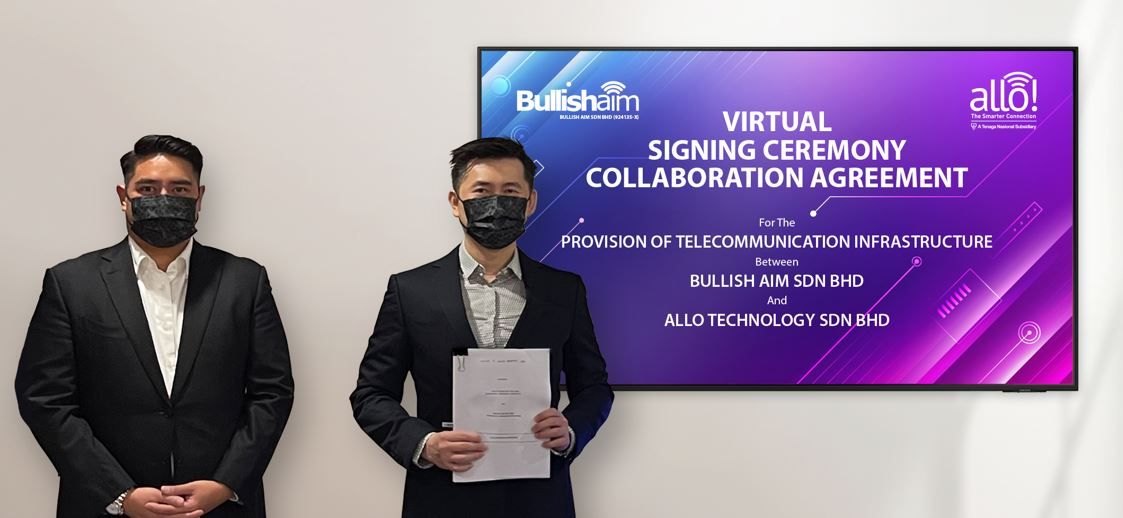
Could 5G Home Internet Be the Solution to Your Household's Broadband Needs?
It's no secret that many of us are tired of being tied to internet service providers with cumbersome contracts, low speeds, restrictive terms and rising fees. All too often, though, we have few options and fewer alternatives.
Could 5G be the answer? The technology powering the newest phones also wants to tackle our home broadband needs. The earliest 5G home internet plans, available from names like Starry, T-Mobile and Verizon, offer respectable speeds at a straightforward price -- but availability is limited to select cities and regions. Let's dig in and see how it works, how fast it gets, what it costs and where it's available.
What is 5G home internet?
Simply put, 5G stands for fifth generation. Fifth generation of what, you ask? The fifth generation of wireless data networks. You're probably most familiar with hearing 5G used to describe better mobile communications and speedier phones. You're not wrong: 5G networks, which use different radio frequencies than previous generations, aim to provide faster data speeds with much less lag or delay than we had with 4G.
My CNET colleague Eli Blumenthal breaks down the basics of 5G here. Millimeter-wave technology uses much higher frequencies than previous generations and subsequently provides much faster speeds and connections. But those higher, gigabit speeds come with a price -- the data doesn't travel the same distance as 4G and has more trouble with obstructions. To combat that, midband technology, which offers speeds averaging between 300 and 400 megabits per second, increases the coverage area provided by millimeter-wave. Finally, low-band 5G offers a range similar to 4G, but with a speed that tops out between 100 and 200Mbps.
Is 5GHz the same thing as 5G home internet?
Nope. One common mistake is to see the "5GHz" setting on your Wi-Fi router and assume you have access to 5G. Wi-Fi routers also use short-range radio frequencies -- typically either 2.4GHz or 5GHz -- to transmit your internet signal to connected devices within your home. So 5GHz is one of the band options for your home's Wi-Fi system, but it's not the same as 5G, a cellular technology that uses higher-frequency waves.
How is 5G home internet different from fiber or cable internet?
Most ISPs deliver home internet service via phone lines or cables that connect your home to a more extensive network. That includes common internet connection types, like digital subscriber line, coaxial cable and fiber-optic internet. Those are all wired connections from your provider to your home.
5G home internet, on the other hand, is a type of fixed wireless internet service, which means that the connection between your provider and your home is not a wired one. With 5G, your provider will need to install an indoor or outdoor 5G receiver at your house to pick up the signal. It's similar to satellite internet, but instead of beaming in a signal from satellites orbiting in the night sky, it's relaying information from a much closer wireless hub. Even though you're using the same 5G network as your mobile phone, the gateway is specific to your location and cannot be used elsewhere.
Where is 5G home internet service available?
Let's not sugarcoat this: 5G home internet service is not yet widely available. While the list of cities seems to be expanding nearly every month, most are larger US cities.
T-Mobile Home Internet is the most widely available service among the three providers we've highlighted. While Verizon said earlier this year that its 5G home internet service is now available to 30 million homes, T-Mobile has leapfrogged that by expanding the service availability of its fixed wireless service to 40 million households. Yet T-Mobile acknowledges it does not have unlimited availability across those locations due to network capacity and a limited inventory of its router. To see the expansive list of metro areas, you can check out this T-Mobile Home Internet PDF.
Verizon's 5G Home Internet is currently offered in approximately 900 markets. That means that although the total number of households in which it is available is less than T-Mobile, it does cover more cities.
Starry Internet is available in Boston; Columbus, Ohio; Denver; Los Angeles; New York City and Washington, DC. Its 2022 expansion roadmap includes approximately 30 million households in Atlanta, Chicago, Dallas, Detroit, Houston, Indianapolis, Memphis, Miami, Philadelphia, Phoenix, Portland, San Francisco and Seattle.
Does 5G home internet make sense for you?
The first thing to be said is what we always say regarding ISPs. No matter how good the service, it's all moot if it's not available at your address. 5G technology itself is still being rolled out across the country, so we should expect to see some bumps in the road as that effort continues.
Still, 5G home internet availability is increasing at a pretty rapid pace. The affordable, straightforward pricing is even more appealing -- and what jumps off the page for me. Time will tell if that trend holds as availability continues to expand. Still, it would be a real step forward if 5G could emerge as a viable broadband option for traditionally underserved parts of rural America. As CNET alum Rick Broida put it after testing T-Mobile's service, "imperfection is a lot more tolerable when you're paying less than half what you were before."

